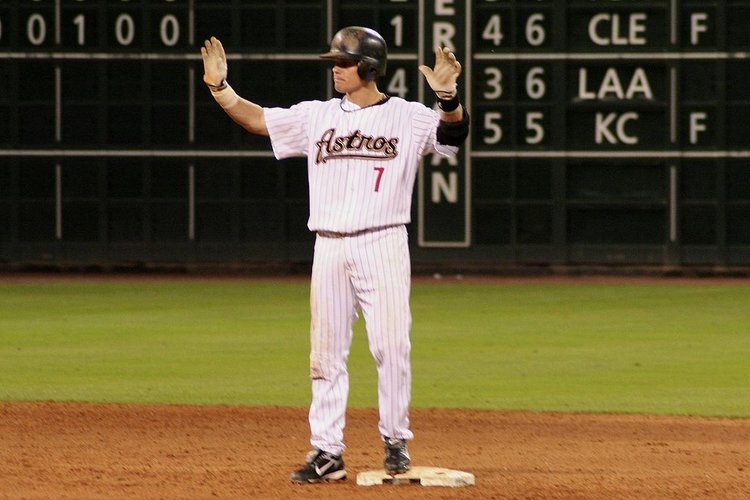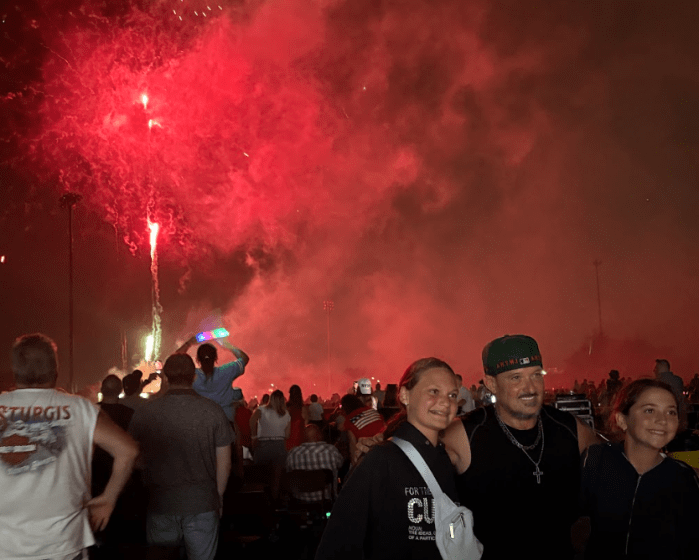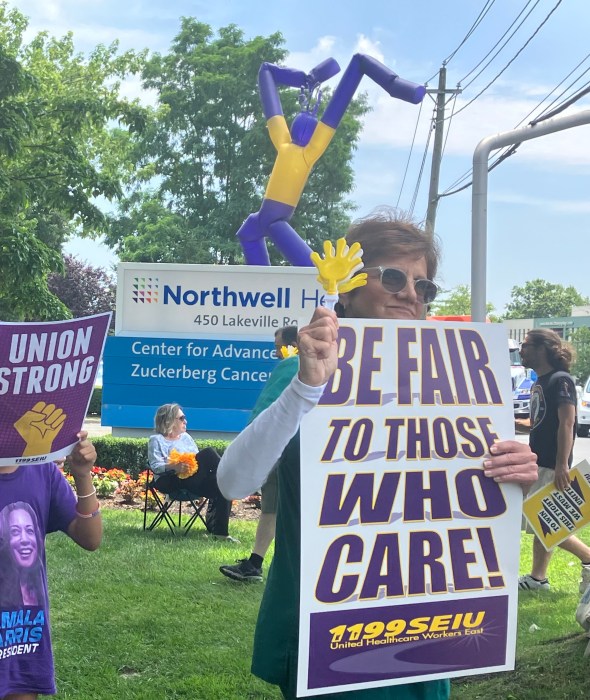Biggio, who grew up in Smithtown and attended Kings Park High School, appeared on 82.7 percent of the ballots cast by the Baseball Writers’ Association of America—comfortably eclipsing the 75-percent threshold to earn induction. It was his third time on the ballot.
“It still hasn’t hit me,” Biggio said at a press conference after the results were announced. “It’s still very surreal.”
Struggling for words, Biggio said his induction was “pretty cool, I gotta be honest with you.”
Craig Biggio: “This is a huge day for the fans.” #Astros #BiggioHOF #HTownPride
— Houston Astros (@astros) January 6, 2015
“You never play the game [to make the HOF]. It’s overwhelming and quite an honor to be invited into the building.“ #BiggioHOF
— Houston Astros (@astros) January 6, 2015
Johnson and Martinez, both of whom were on the ballot for the first time, appeared on more than 90 percent of the 549 ballots cast—with Johnson coming in at an impressive 97.3 percent.
Out of the four, Biggio is the only inductee to play for one team during his lengthy career.
He spent 20 years with the Houston Astros—a career that began in 1988, only one year after he was drafted by the franchise in the first round of the amateur draft.
Known for his durability and versatility, Biggio secured more than 3,000 hits while playing three different positions: second base, catcher and outfield.
Biggio’s career was not defined by dominant performances, but rather his longevity, which oftentimes precludes a player from induction.
But Biggio, the consummate teammate, compiled impressive numbers during his 20-year career. He was a reliable defender, having been awarded four gold gloves between 1994-97 at second base. He scored more than 100 runs eight times, slugged 291 home runs and drove in 1,175 runs. A seven-time All-Star, Biggio posted a .400-plus on-base-percentage four times.
Biggio’s .281 batting average belied his offensive production: he hit more doubles than any other player in three different seasons, and twice finished with the most runs scored. He was presented the Silver Slugger award—given to the best offensive player at each position—five times, once as a catcher and four times as a second baseman. Biggio was also a threat on the base paths, five times finishing in the top 10 in stolen bases.
Once again falling short of the ballot cut was Mike Piazza, the former Mets catcher who on the surface would seem to be the perfect candidate for the Hall of Fame. But Piazza, who played during the steroid-era, as did all four inductees, has fallen under suspicion of having tainted numbers despite his never being linked directly to performance enhancing drugs.
The four players most closely associated with baseball’s steroid era—Roger Clemens, Barry Bonds, Mark McGwire and Sammy Sosa—all fell well short of the 75-percent mark.
Don Mattingly, the beloved Yankees first baseman whose career was derailed by a back injury, received only 9.1 percent of the vote in his final year on the ballot.
































